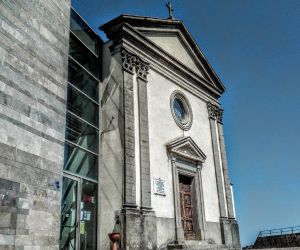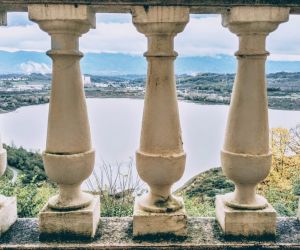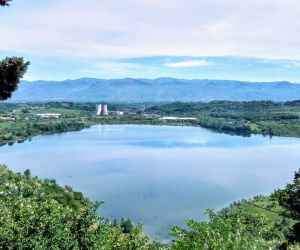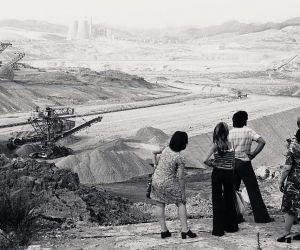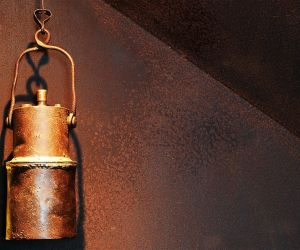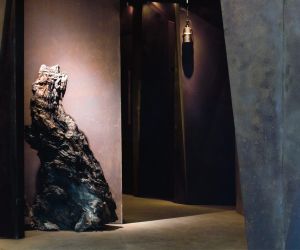MINE is a museum built by objects, documents, and photographs donated by the community.
It is a museum of multiple narratives which help us to understand issues still pertinent today and which are still cause for debate. It is a singular place which cannot bring us physically into the mine but which is capable of making the visitor experience the mine through the memories, images and sounds the community has preserved through time and ‘donated’ to others. It is a living museum which allows the visitor to travel through time; a museum which, by talking of destruction and change, has managed to rebuild the multiple meanings of the territory. MINE is a map we can use to find our way in a place where everything has changed. It was born in 2012 and is housed in reclaimed buildings in the old part of Castelnuovo: the inauguration took place on 4th July and the choice of the date was not casual. Every year on that date the civilian victims of the 1944 massacres perpetrated by the Nazis are commemorated. In Castelnuovo there were 74 victims and many others in the neighbouring towns. Today there is a chapel to their memory built close to a wall on which the road leading to the museum unwinds. MINE, from the name Ariosto gave to the mines, began its story in the nineteenth century. It was at this turning point in history that Cavriglia was founded on the orders of Napoleon, and the industrialization of the Arno Valley began with the combination of the steel plant in San Giovanni and the mines. The factory and the mines began to change the places, the work and the economy very quickly. A fertile and sharecropping land underwent rapid and profound change. In the rooms of the museum many key moments of its history can be experienced: the first tunnels and the arduous work of the miners; the equipment used, the technology connected to the mines and many photographs of long ago. There is also a small section dedicated to the war and the history of the huge machinery which was to change the landscape irreversibly with the open air excavation of fossil fuel.
The exhibition stimulates the senses; there are areas in which the visitor can touch the objects, and others in which the pungent odour of lignite enters the nostrils.
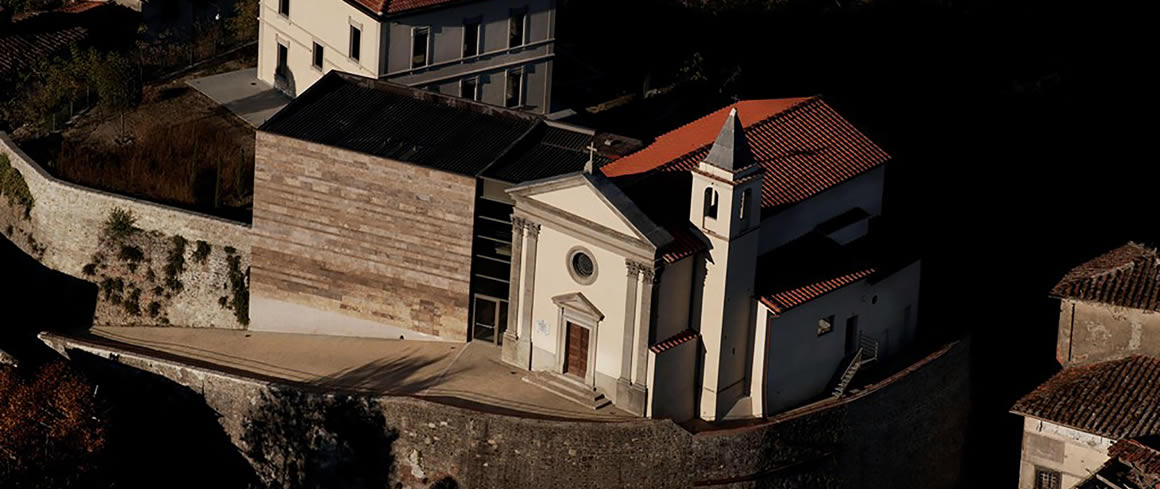
Info e prenotazioni
Indirizzo
vecchio paese di Castelnuovo dei Sabbioni
Località
Cavriglia
Telefono
+390550193794
Orari
dal martedì al venerdì
10:00 - 13.00
sabato, domenica
10:00 - 13.00
15:00 - 18:00
15:00 - 18:00
lunedì
chiuso
aperto nelle seguenti festività
6 gennaio, Pasquetta, 25 aprile, 2 giugno, 8 dicembre


